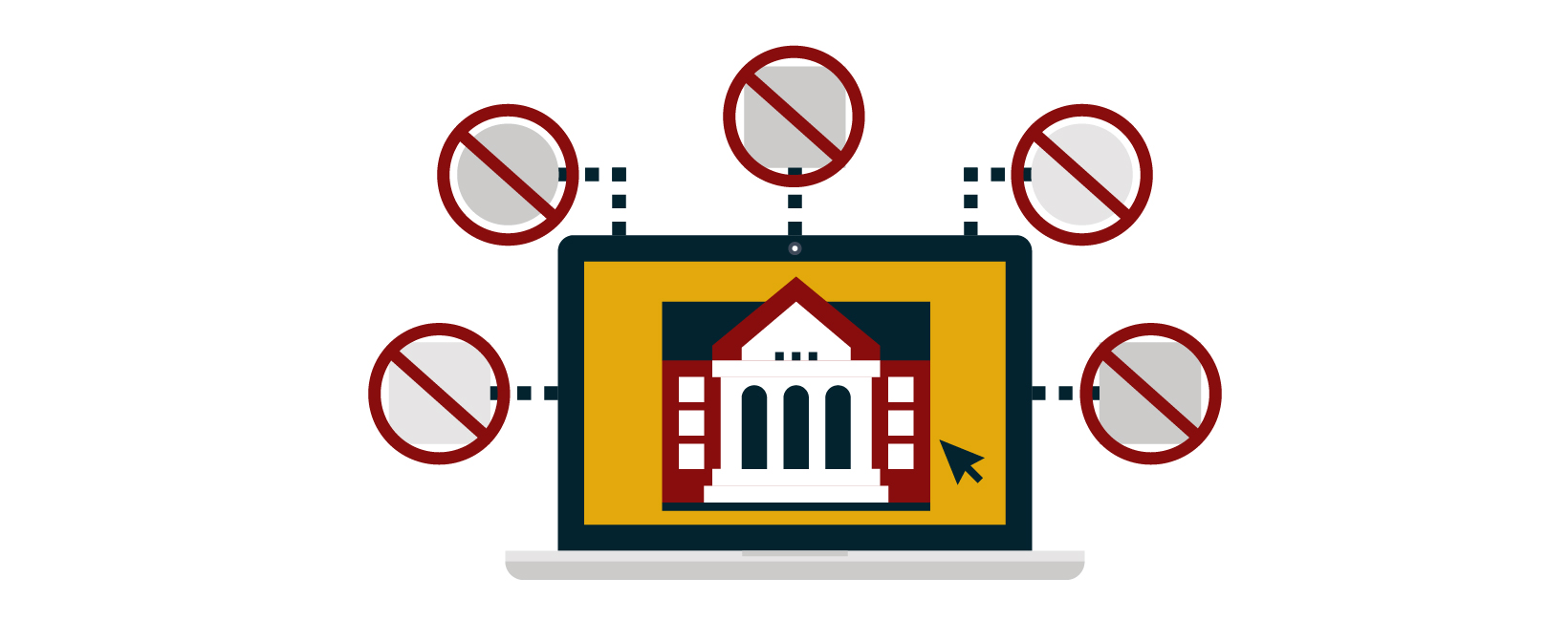 Nov 01, 2020
Persona
Nov 01, 2020
Persona
Transferring between institutions can be complicated, so college websites play a crucial role in giving students the information they need to confidently navigate the transition. But what online resources and supports do transfer students need most? That’s what Carnegie’s Website Development team and the National Institute for the Study of Transfer Students set out to discover during a year-long research project.
The result was a comprehensive transfer website strategy guide that details best practices and tools for creating and maintaining a transfer-friendly site that addresses students’ top concerns and paves the way for a smooth transition. While the guide provides you with everything you can do to create a top-notch transfer student site, this post will outline the top five mistakes to watch out for when creating a transfer student’s digital experience.
1. Thinking that the “transfer process” is an admissions process.
The admissions process isn’t a bad place to start when thinking about transfer students, but it’s important to note how these transfer students get to your institution. They do this through a variety of pathways:
- Vertical transfer. Students begin at a two-year institution and transfer to a four-year institution without an associates degree.
- Lateral transfer. Students transfer from one two-year institution to another two-year institution or a four-year institution to another four-year institution.
- Reverse transfer. Students begin at a four-year and transfer to a two-year institution, including undergraduate reverse transfer students, post-baccalaureate reverse transfer students, and double reverse transfer students.
- Reverse credit transfer. Students transferring credits from a four-year institution back to a two-year institution for the purpose of conferring an associate’s degree.
- Swirling and alternating. Students who attend and transfer courses between more than two institutions.
- Concurrent enrollment. Students are enrolled at more than one institution at a time.
The reality is, the transfer student lifecycle differs from the admissions lifecycle in that it looks more like this:
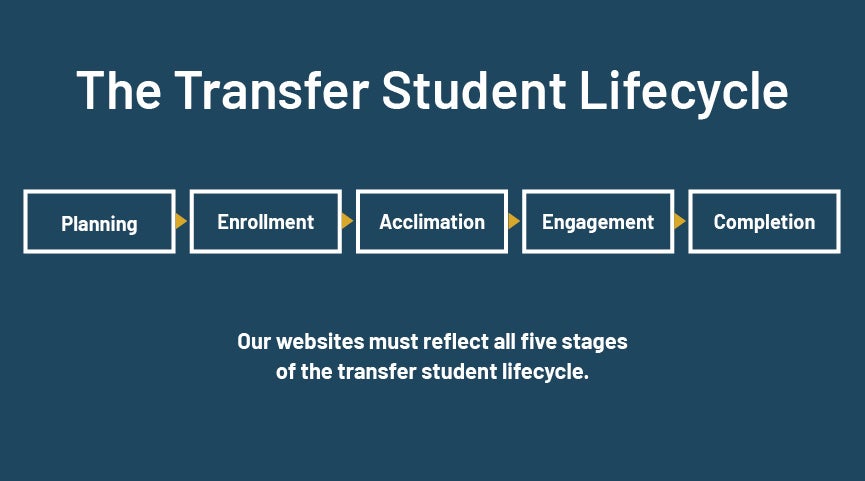
2. Assuming “they’ve done this before, so they know what they’re doing.”
As marketers and web designers, you know how important it is to get into the mindsets of your audiences. The best way to do this is to create personas. In this case, we created personas for two main groups: transfer students and advisors. Better understanding these two groups will allow you to create content that best serves them.
Transfer Student Personas
- The juggler. The student has a strong desire to succeed but is balancing multiple priorities—family, work, school, and other obligations—and might feel their progress is too slow.
- Focused but frustrated. The student is excited about their major or career choice because they have some relevant life experience. They’re doing their best to plan ahead, but are struggling because the institution keeps throwing them curveballs.
- Detached and deflated. The student has dreamed of attending a particular institution since childhood. Unfortunately, the experience isn’t as expected, and they need to relocate for personal, social, financial, or academic reasons.
- Decidedly undecided. The student has an array of skills and talents and is interested in multiple disciplines. As a result, the student is struggling to commit to a particular career and/or degree program.
- Transition troubles. The student is working hard to make the right choices but is having trouble navigating the system due to unfamiliar policies and processes or lack of (or mis-) information.
- Major mismatch. The student has dreamed of a specific career for years but is realizing they are unlikely to be admitted to their preferred program. The student feels sad and confused about next steps.
- Unsure/questioning. The student isn’t sure if attending college right now is the best choice. They are enrolled because it is what they are “supposed to do” and may not be committed to finishing a college degree.
Advisor Personas
- Secondary school counselors. Help high school students decide which path works best for their goals and needs. They advise on the decision between community college and university, and introduce students to dual enrollment and transfer pathways.
- Community college advisors. Rely heavily on their partner institutions’ sites for information. In fact, many colleges try to match their website’s transfer information — including processes and language — to the university’s site and will link to the university’s site as much as possible.
- University academic advisors. Advise students on the transferability of their academic credits and must be well-versed in a number of college and program requirements, as well as general institutional policies and procedures.
It’s crucial to give both potential transfer students and their advisors the content they need to make an informed transfer decision.
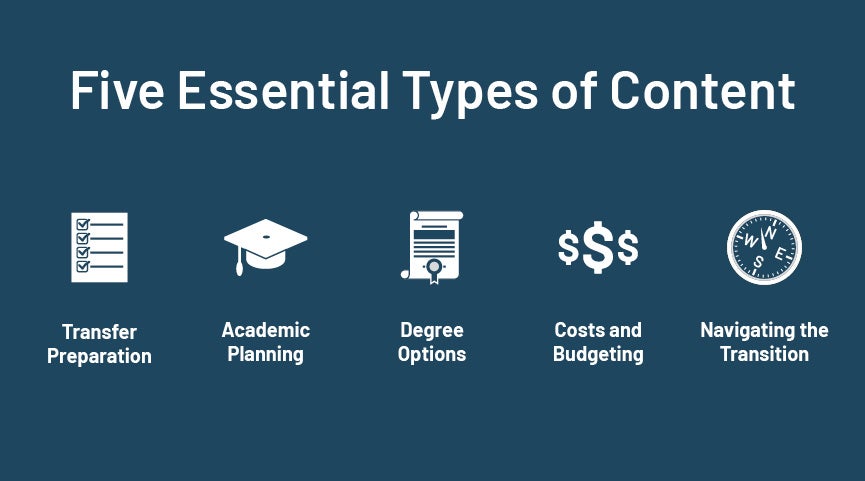
To Avoid Mistake #2: Prioritize essential transfer content, especially planning guides and degree/program maps.
3. Expecting different offices—and institutions—will naturally work together.
Creating and sustaining a great transfer website requires ongoing feedback and support from multiple stakeholders across multiple institutions. Maintaining transfer information can quickly turn into a complex process. Involving all stakeholders at the outset of the project is essential in ensuring success.
Having a governance policy in place essentially boils down to deciding who gets to decide. If you’re looking for more information on how to organize your governance team, check out GatherContent’s RACI chart.
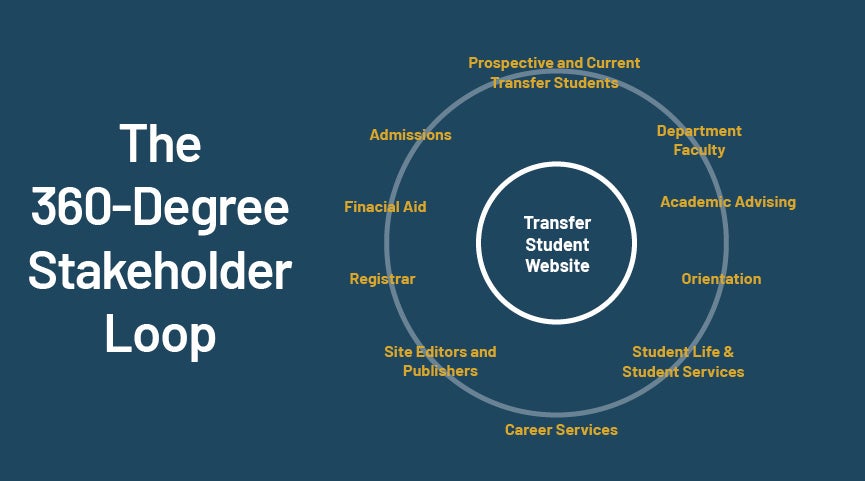
To Avoid Mistake #3: Involve a broad group of stakeholders in planning, designing, and testing your transfer site.
4. Designing a site for your institution and not for your audiences.
Over the years, traditional four-year institutions have improved greatly in making their websites user-friendly and student-centered. The only problem here is that they tend to only be friendly and centered around the traditional four-year undergrad student.
Watch out for these five main missteps:
- Site structure. If a transfer student needs to visit multiple different offices’ webpages to get the information they need, it’s highly likely they’ll get lost along the way. Structuring transfer content and information to one easily accessible place means everyone wins.
- Content. Admissions information for transfer students is simply not enough. You need to tell them how they can be successful. By mapping out the transfer student journey you’ll get an idea of the content that they need.
- Language. Jargon is the fastest way to alienate a transfer student. What may be common language to your institution may be confusing for an outsider looking in.
- Tone and style. Transfer students need more encouragement and they need things demystified. Having a validating and representational tone in the web copy will make them feel more at home and more confident in the transfer process. Try forgoing litigious and step-oriented language for a tone that’s more welcoming and narrative.
- SEO. Clean up your transfer webpage with basic SEO hygiene practices. Organic search may be one of the highest traffic drivers to your transfer page.
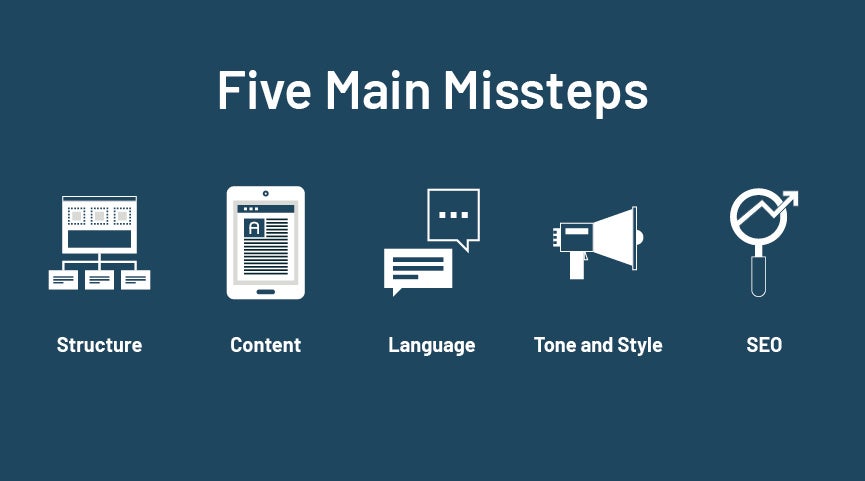
To Avoid Mistake #4: Put your audience-first. Always.
5. Not budgeting ongoing resources and staffing to maintain transfer content.
Transfer student sites and pages don’t typically get the ongoing resources they need to be successful. There are often three scenarios we see in this regard.
- Everyone’s and no one’s. This is very common when it comes to transfer student content. Because transfers belong to everyone…they belong to no one. Having a governance plan in place will ensure that someone or some department is responsible for overseeing the content.
- Capital expense. Some senior leadership members may see a transfer site as a one-time investment and fail to staff the site long term. In reality, transfer student content needs to be updated regularly and should be built into other content processes.
- Last priority, first cut. Senior leadership is much more likely to cut resources from transfer students versus other revenue-generating resources.
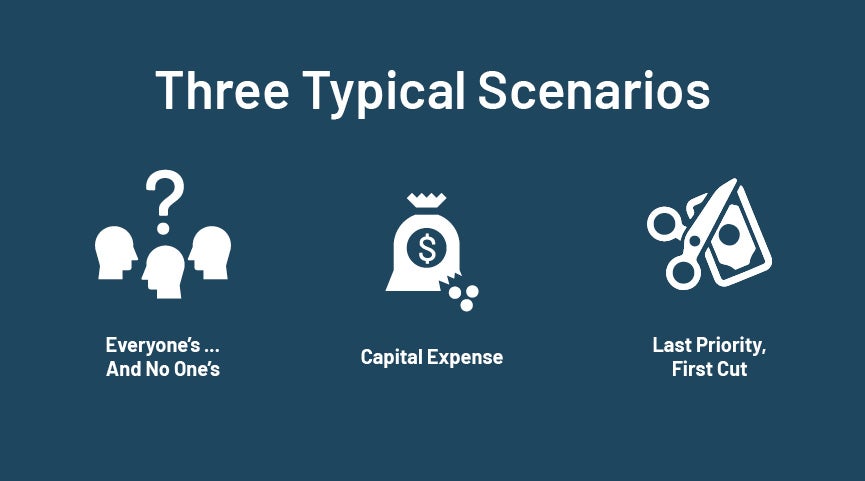
To Avoid Mistake #5: Budget appropriate time, staff, and resources to long-term site monitoring and maintenance.
Are you looking for new ways to create a transfer student-centered web presence? Reach out to Carnegie’s Website Development team today.
This content was transcribed from the AMA Higher Ed presentation, Addressing Transfer Students’ Digital Needs by Voltaire Santos Miran and Janet Marling, Ph. D. It was edited for length and clarity.
